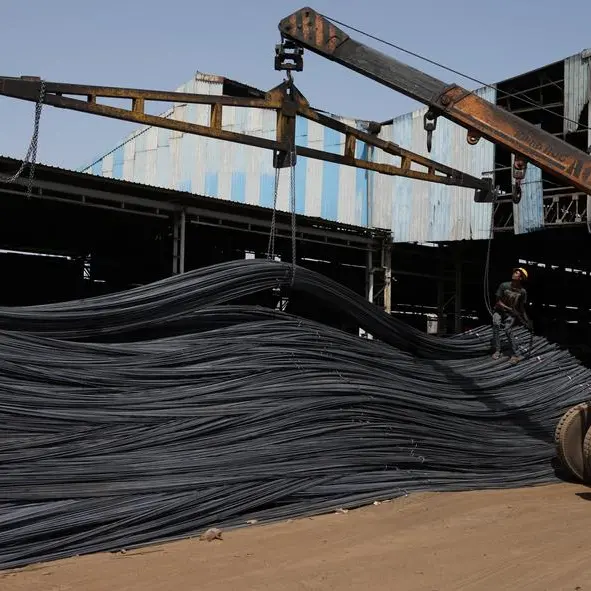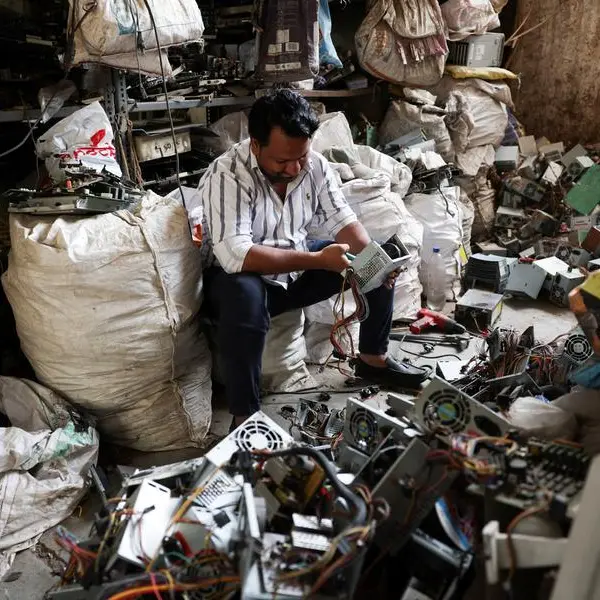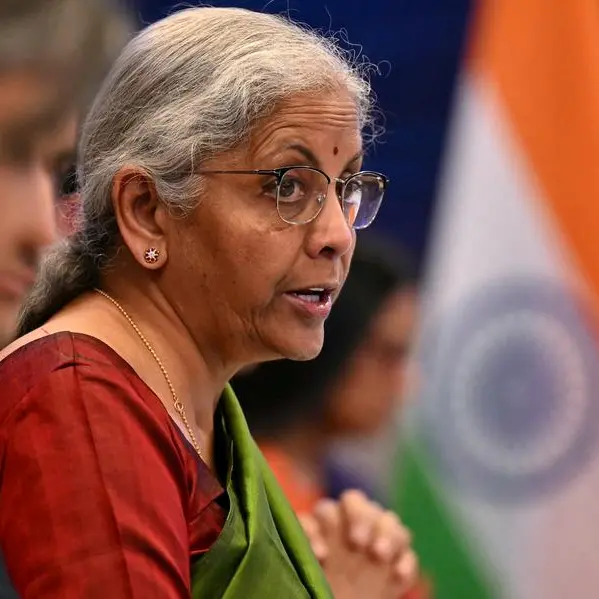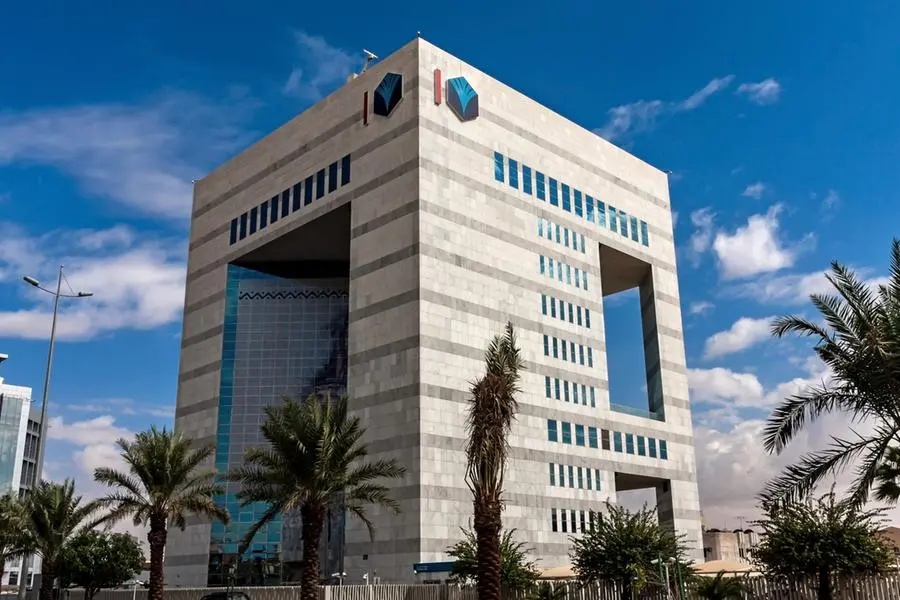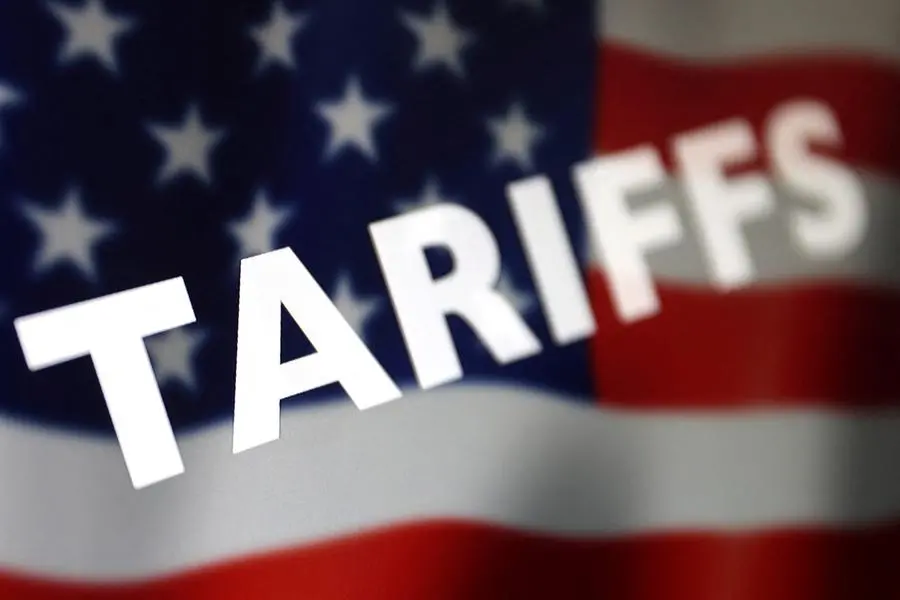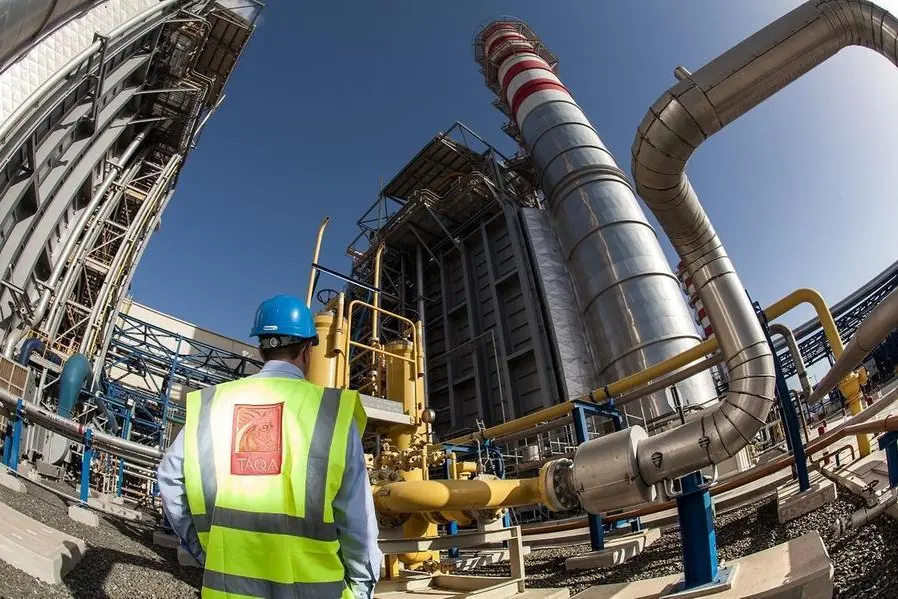PHOTO
Studying stock market charts on computer. Getty Images Image used for illustrative purpose.
The share of the GCC countries in India’s inward remittances has dropped in 2020-21 (FY21), reflecting the slower pace of migration and presence of Indian diaspora in informal sectors during the pandemic period, according to the Reserve Bank of India.
The GCC share of global remittance flow to India declined from more than 50 per cent in 2016-17 to about 30 per cent in 2020-21, the RBI study says.
Advanced Economies, particularly the US, the UK and Singapore, emerged as an important source country of remittances, accounting for 36 per cent of total remittances in 2020-21 amid the steady migration of skilled workers, as per the findings of RBI’s fifth round of Survey on Remittances.
The US surpassed the UAE as the top source country, accounting for 23 per cent of total remittances in 2020-21.
The RBI report underscores the World Bank’s report (2021), which cites an economic recovery in the United States as one of the major drivers of India’s remittances, as it accounts for almost 20 per cent of total remittances.
According to the World Bank, remittance flows to low and middle-income counties declined marginally to $540 billion in 2020, 1.6 per cent below the $548 billion in 2019.
India remained the top recipient country (with $89.4 billion inward remittances), accounting for 12 per cent of total global remittances, recording a marginal decline of 0.2 per cent in 2020 and a growth of 8 per cent in 2021.
RBI officials Soumasree Tewari and Ranjeeta Mishra noted in an article, “Headwinds of Covid-19 and India’s Inward Remittances,” that the share of the traditional remittance recipient states of Kerala, Tamil Nadu and Karnataka, which had strong dominance in the GCC region, has almost halved in 2020-21, accounting for only 25 per cent of total remittances since 2016-17, while Maharashtra has emerged as the top recipient state (with about 35 per cent of the total share in remittance receipts) surpassing Kerala (about 10 per cent).
“Apart from the host country dynamics, reducing wage differentials, changing occupational patterns in these states with increasing white-collar migrant workers to the GCC region and entry of low-wage semi-skilled workers from other states and Asian countries may have led to this compositional shift,” they argued.
On the other hand, migration from Uttar Pradesh, Bihar, Orissa, and West Bengal to the Gulf countries has increased in recent years. According to the Ministry of External Affairs data, more than 50 per cent of the approved emigration clearances for the GCC region in 2020 were for these states.
With the dominance of low-wage unskilled labourers, however, their share in remittances has remained significantly low while the share of Maharashtra and Delhi has increased significantly in 2020-21 to about 35 (from about 17 per cent in 2016-17) and about 8.0 per cent (from about 6.0 per cent), respectively, the RBI officials wrote.
Nevertheless, Maharashtra, being one of the worst affected states with the largest number of Covid-19 affected population and prolonged lockdown phases impacting the mobility of return migrants and economic and business operations, witnessed the sharpest decline in remittances (by 12.8 per cent) in 2020-21, the authors said.
The article also concludes that the majority of money transfers continue to be sent through private sector banks, followed by public sector banks, although foreign banks have seen a marginal increase in money transfers, particularly from Singapore.
“While India is the second cheapest market for receiving money transfers in the G20 after Mexico, the cost of certain transfer corridors has been consistently higher than others,” it said.
The trend in NRE (Non-Resident External) account, which is typically used for parking income from abroad by non-resident Indians in Rupees (INR), witnessed a sharp spike in the consecutive waves of the pandemic, according to the report.
For example, NRI deposits rose by $7.826 billion in the April-December 2020 period against $5.862 billion in the year-ago period.
Deposits in the NRE accounts increased significantly during this period as returning overseas migrants --- amidst layoffs and heightened uncertainty regarding their return and future employment prospects--- repatriated their savings into these accounts.
While overseas remittances for family maintenance, representing a major chunk of India’s inbound remittances, moderated with the loss of overseas employment opportunities, local withdrawals from non-resident rupee-denominated deposit accounts increased implying the drawdown of savings to tide through the crisis, the authors said.
Copyright © 2022 Khaleej Times. All Rights Reserved. Provided by SyndiGate Media Inc. (Syndigate.info).

